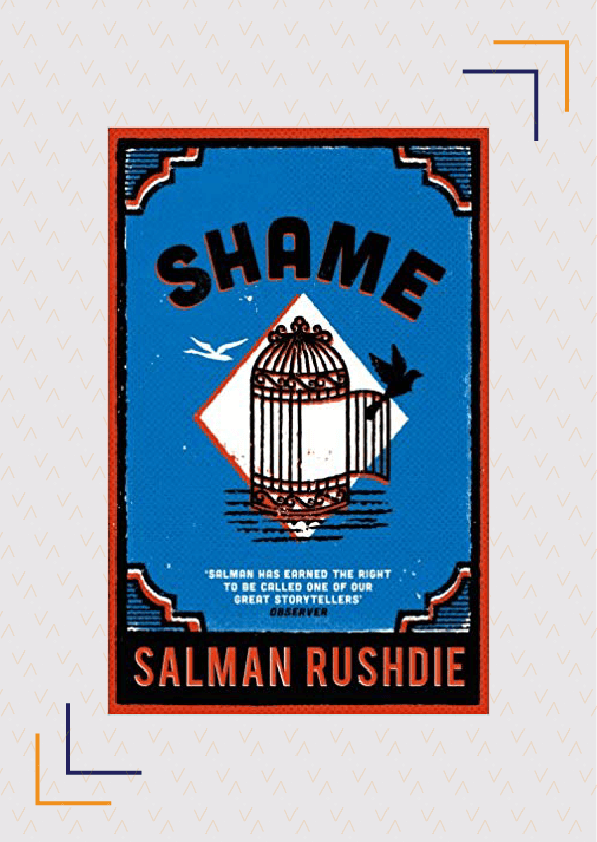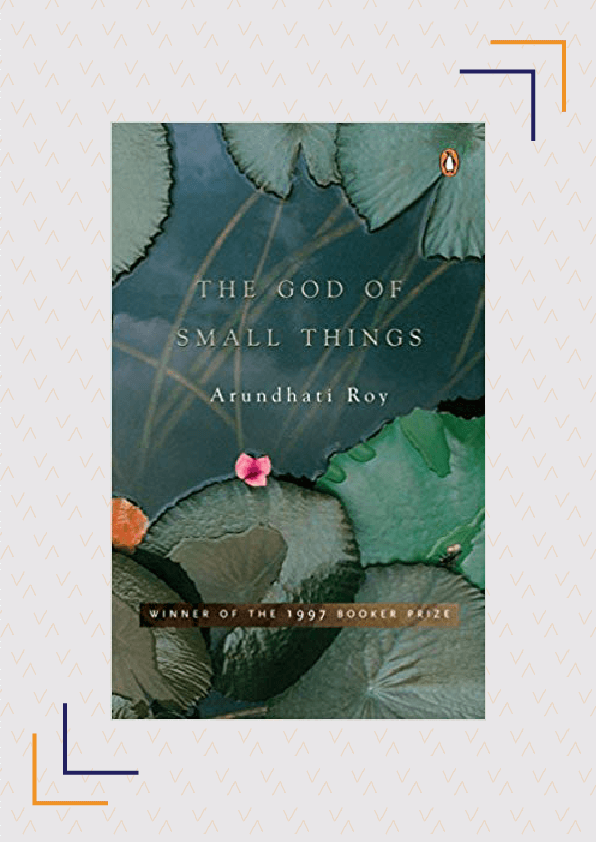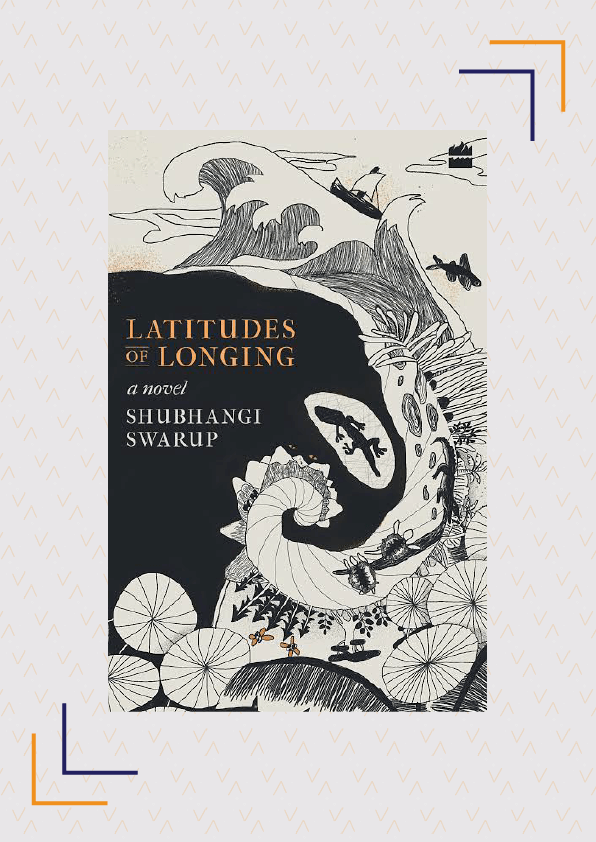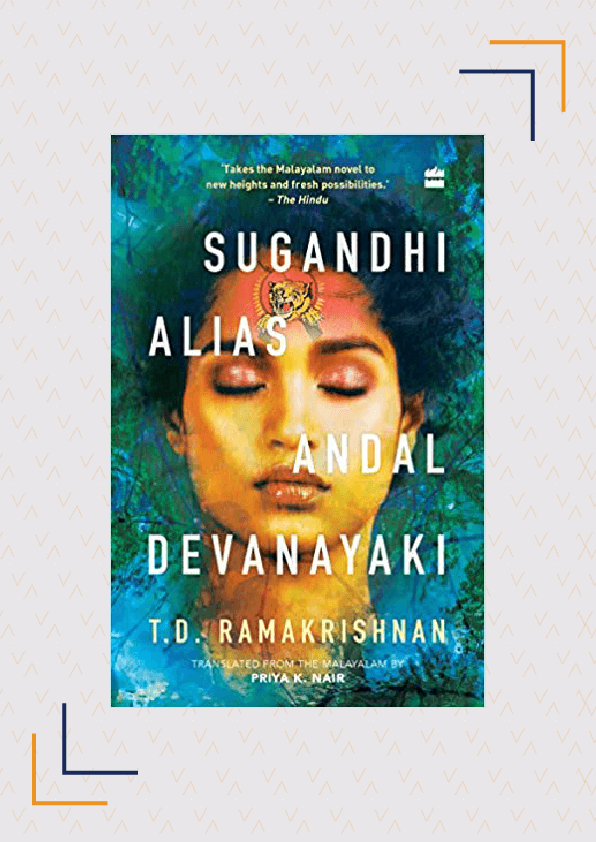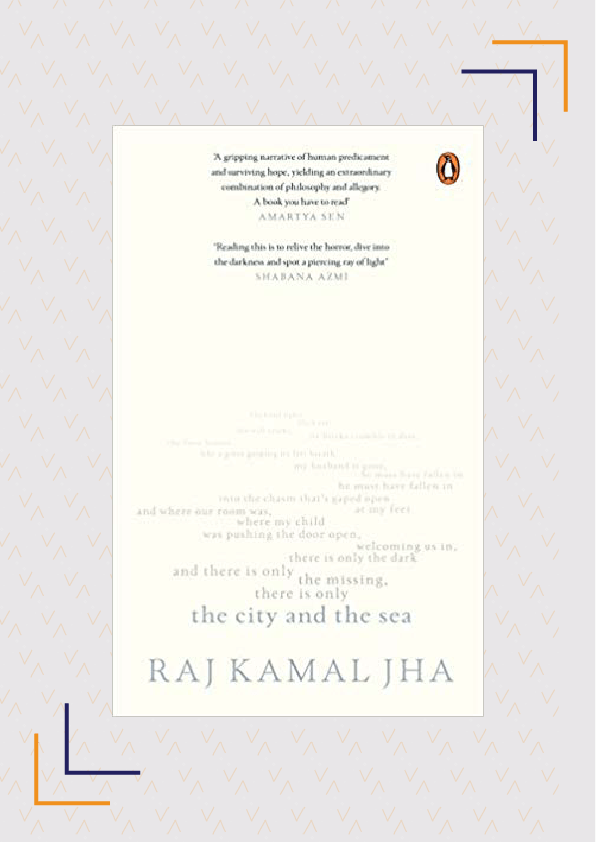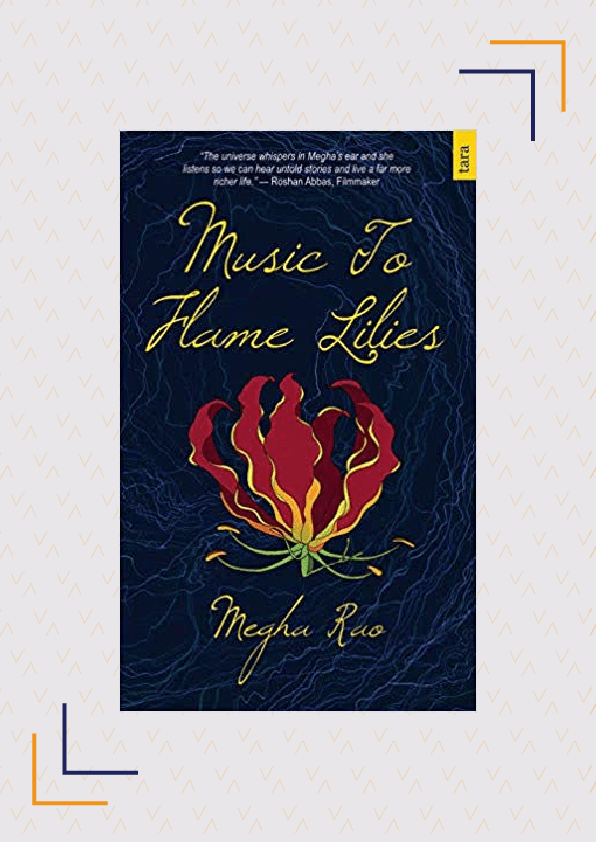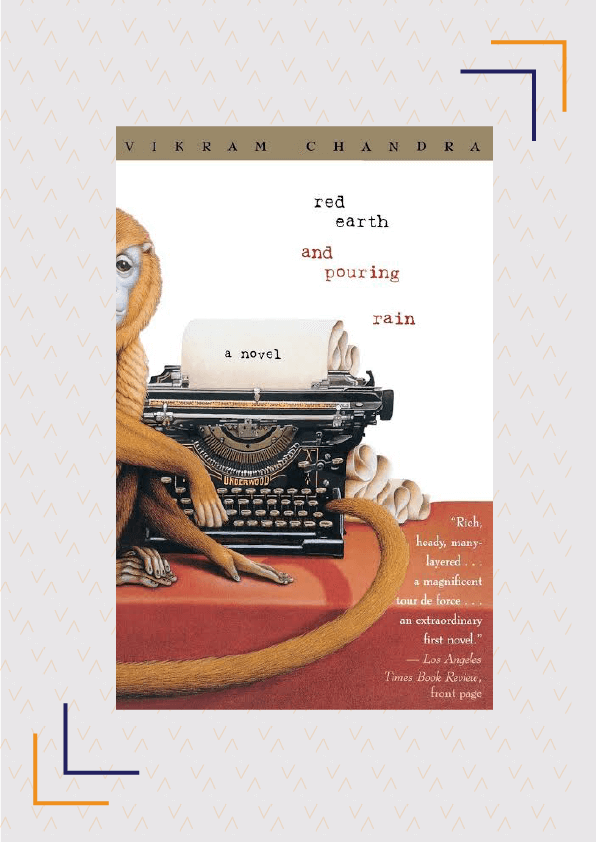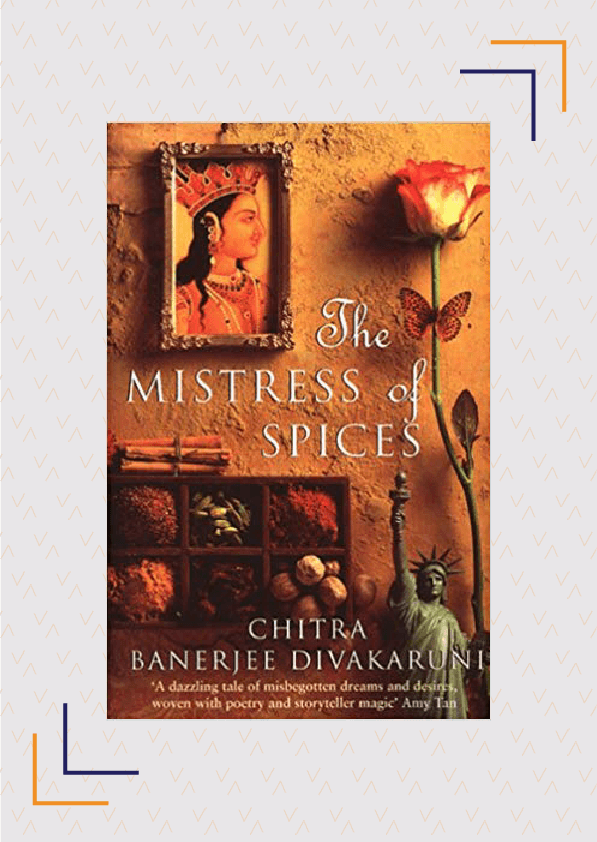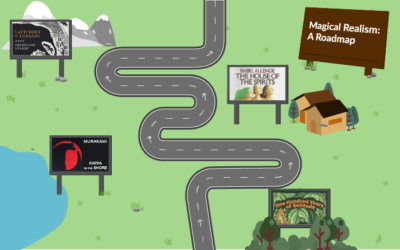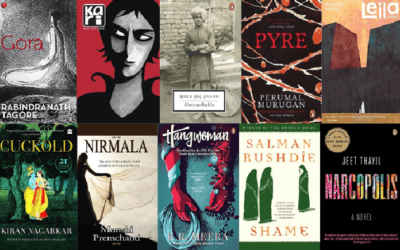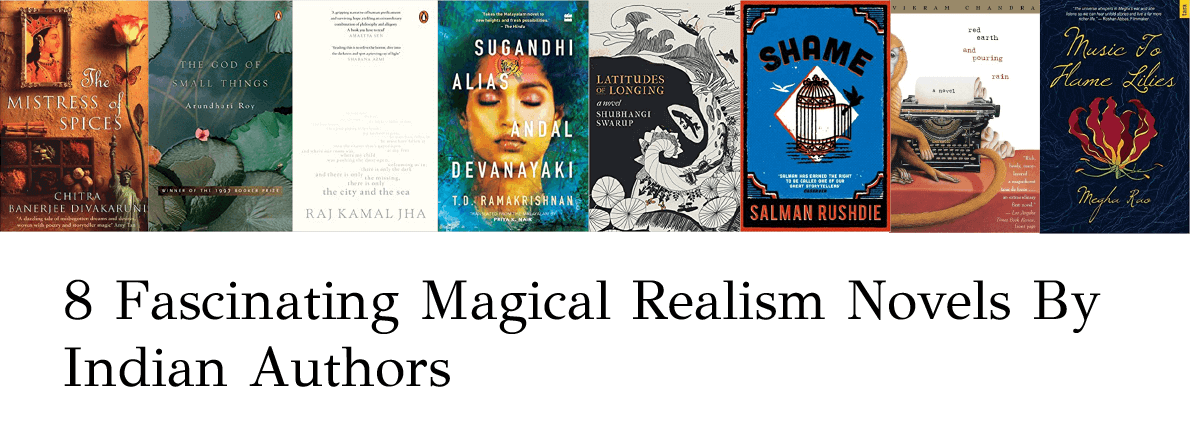
Magical realism started off as a movement, first in the 1920s in Europe and later, in the 1940s by Latin American authors like Jorge Luis Borges, Gabriel García Márquez and Isabel Allende, wherein they mixed myth and reality to battle against the unyielding realism of Western literature. These writers mainly blended postcolonial times with magical elements. As a result, this genre became a way for authors to show a reality that was an alternate to the norm, and thus could be used as a powerful instrument against oppression. While many of us are familiar with the theme of magical realism in Salman Rushdie’s Midnight’s Children, a number of Indian authors like Chitra Banerjee Divakaruni and Shubhangi Swarup have written quite a lot of amazing fiction in this genre. Here is a list of some of the most outstanding works in magical realism written by Indian authors.
01
Shame
Salman Rushdie
Rushdie creates a fictional version of Pakistan called “Q”, saying that the country is “not Pakistan, or not quite”. Omar Khayyam Shakil is born to one of three sisters, but they refuse to reveal the truth about his lineage. They bring him up in a secluded fortress and teach him how there is no shame in anything. When he finally asks for permission to leave, Omar gets caught in the power play between two influential families. Shame’s central characters are Iskander Harappa, the Prime Minister and Raza Hyder, the President, who use vulgarity and brutality in their dirty political games. Some of Rushdie’s characters are given surreal qualities and the novel describes the psychological effects of shame in a capitalist society. Rushdie’s Shame is claimed to have been influenced by Pakistani politics and is an interesting read when it comes to the genre of magical realism.
Buy it here.
02
The God Of Small Things
Arundhati Roy
Twins Estha and Rahel’s lives change forever the day their cousin, Sophie, arrives. Following a multi-generational family in 1969 India, The God Of Small Things follows the story of the twins, their single mother, their communist uncle and a selfish great-aunt. With caste-based discrimination on the rise, a forbidden love story starts blooming along with tragedies that will shake the core of the entire family. Integrating elements of magical realism by analysing the politics of India, Booker Prize-winning author Arundhati Roy manages to take a critical look at communism in India through this book.
Buy it here.
03
Latitudes Of Longing
Shubhangi Swarup
Latitudes Of Longing spans magical worlds and times featuring characters like a scientist who studies trees and a clairvoyant who talks to them, a geologist attempting to end needless wars over a glacier, a lonely yeti, a shape-shifting turtle, the ghost of an evaporated ocean, amongst many others. Swarup brings together these characters masterfully in her debut novel, with lots of ghosts, or “colonial ghosts” sprinkled in.
Buy it here.
04
Sugandhi Alias Andal Devanayak
T.D. Ramakrishnan & Priya K. Nair (Tr.)
Peter Jeevanandam arrives in Sri Lanka to shoot a movie about a human rights activist ostensibly murdered by the LTTE. The movie is a cover for Peter’s real mission to find Sugandhi – an LTTE member, and the love of his life. However, he stumbles upon and becomes a part of the plot to murder the president. The author employs magical realism to blend myth and memory in a manner that presents a powerful critique of the violence inherently involved in fascism and revolution. The fable of Devanayaki sets the historical context of violence against women and the archaeology of war, rape and repressive power politics across centuries. The novel is also the winner of the 2017 Vayalar Award and the Kerala Sahitya Akademi Award, and is on the longlist for the DSC Prize this year.
Buy it here.
05
The City And The Sea
Raj Kamal Jha
Inspired by the 2012 rape and murder of Nirbhaya, Raj Kamal Jha’s fifth novel, The City And The Sea explores the toxic masculine culture in India. One night, as a child eagerly waits for his mother to arrive from work, a woman shows up at a hotel in Germany, her memory gradually deteriorating. During the course of that night, both of them go on distressing journeys only to meet at the end. However, all is not as it seems. Jha doesn’t pull punches in this fiction that talks about the aftermath of rape, without using the word ‘rape’ (in English), even once. Using magical realism, this book attempts to explore themes of suffering, female stereotypes and poverty.
Buy it here.
06
Music To Flame Lilies
Megha Rao
Months after her best friend dies, Noor receives a message from her saying “I miss you”. Intrigued, she sets out for her hometown in search of answers. What she finds instead is a village where people pray to ghosts, witness live possessions for fun, and have tales of running into demons or being haunted. To unravel the mystery of her friend’s death, Noor has to take the help of a local boy, but he too is not without his secrets. Megha Rao’s Music To Flame Lilies utilises magical realism to incorporate class struggles and the exploitation of the underprivileged.
Buy it here.
07
Red Earth And Pouring Rain
Vikram Chandra
Abhay, a US student, home for the holidays in India, accidentally shoots a monkey who is the reincarnation of Sanjay Parasher, a 19th century freedom fighter. To remain alive, the monkey has to regale Abhay’s family with stories of his past life as part of a deal with the gods. It is during these tales that we come to know of Sanjay and his estranged best friend Sikander, Sikander’s mother’s suicide at the funeral pyre and Sanjay’s confrontation with a famous murderer. Employing political satire and magical realism, Vikram Chandra keeps us ethralled.
Buy it here.
08
The Mistress Of Spices
Chitra Banerjee Divakaruni
Tito was once a young woman, who was trained in the mystic arts of spices. But now, shrivelled yet immortal, she sells her magical spices in Oakland. Her spices are said to restore sight, get over rejection, and get rid of evil. The spices talk to Tito, telling her how to treat every one of her customers. But when Tito falls for a man and attempts to run away with him, the spices decide to punish everyone she cares about. Divakaruni’s powerful prose is a must read for fans of both food novels and magical realism.
Buy it here.

Prasanna is a human (probably) who makes stuff up for a living. When she’s not sleeping or eating, you’ll find her in the quietest corner of the library, devouring yet another hardbound book. She vastly prefers the imaginary world to the real one, but grudgingly emerges from her writing cave on occasion. If you do see her, it’s best not to approach her before she’s had her coffee.
She writes at The Curious Reader. You can read her articles here.

